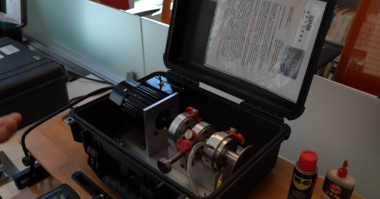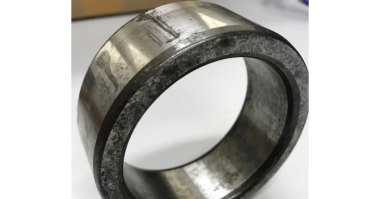Maintaining an effective maintenance management chain is crucial for enhancing your operation.
This video is from Christer Idhammar’s Keynote presentation at Mainstream Conference in 2021. He dives into how Roman aqueduct maintenance management is relevant today and how the chain of maintenance processes need to stay intact.

The chain of effective maintenance management can be found as far back as the Roman empire
So, what exactly is the chain of effective maintenance management?
There are 5 links in the chain of effective maintenance management. It begins with prevention of equipment problems, to prevent problems you need to inspect your equipment, this inevitably leads to work requests which feeds the planning process, which leads to scheduling, which then finishes with the execution of the work.
If this chain is broken at any point, you are not going to have a well-functioning maintenance department.
What does the Roman empire have to do with maintenance practices?
Rome had built a network of aqueducts to ensure that water was delivered to the population. Rome had become masters at building these structures. They were extensive and complex and many – such as the aqueduct of Pont du Gard, which crosses the Gard river, France still exist today.
In 97 AD, Rome had a problem, there was a water shortage in the city. The Emperor realized this was a serious problem for him! If his people were running short on this valuable resource he could be facing a revolution (or murder – like Julius Caesar. So, what did Caesar Domitianus do? He assigned Sextus Julius Frontinuss to research and figure out options.
One option was of course to build more aqueducts. But, Sextus thought another way may be better – aqueduct maintenance. He decided to visit all the aqueducts and mapped out all the sections (with numbers) of each aqueduct. Then he inspected them all to see what was failing. He then instituted daily meetings to plan work for the workers. He created this “chain” for the 700 or so workers who’s sole job was to maintain the aqueducts.
As you can see, Sextus came up with the “chain” of maintenance over 2000 years ago and it’s still as relevant today as it was then. No matter what technology you use to manage maintenance, these 5 chain links are the backbone of effective maintenance management – and if you do them well, you’ll reduce your overall cost to produce your goods.
If you don’t inspect, you will not prevent failures. If you don’t plan work, maintenance work then becomes reactive and more expensive. If you don’t schedule the right people to do the job, you waste time and money. And if you don’t execute the maintenance work you are employing run to failure method of maintenance, which may be okay for some equipment but certainly not for all equipment that produces what you are going to sell.




Comments